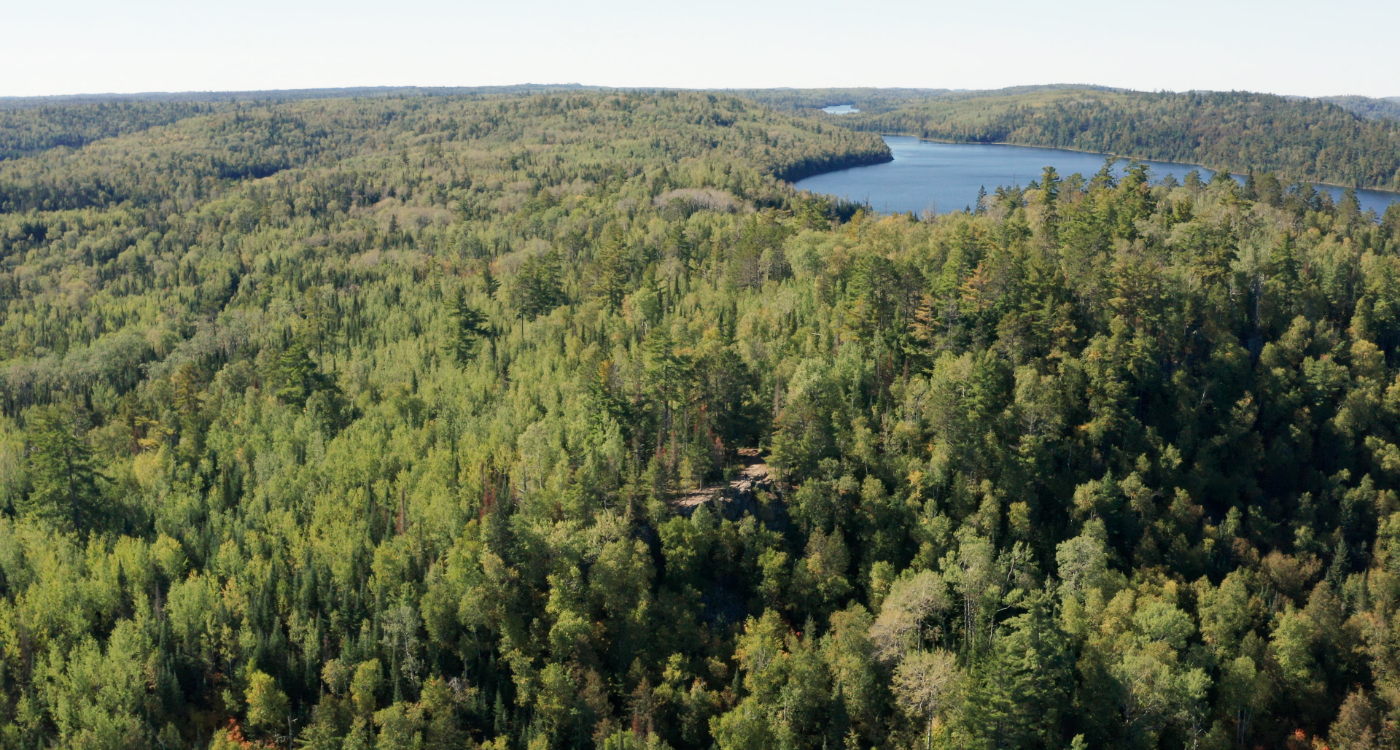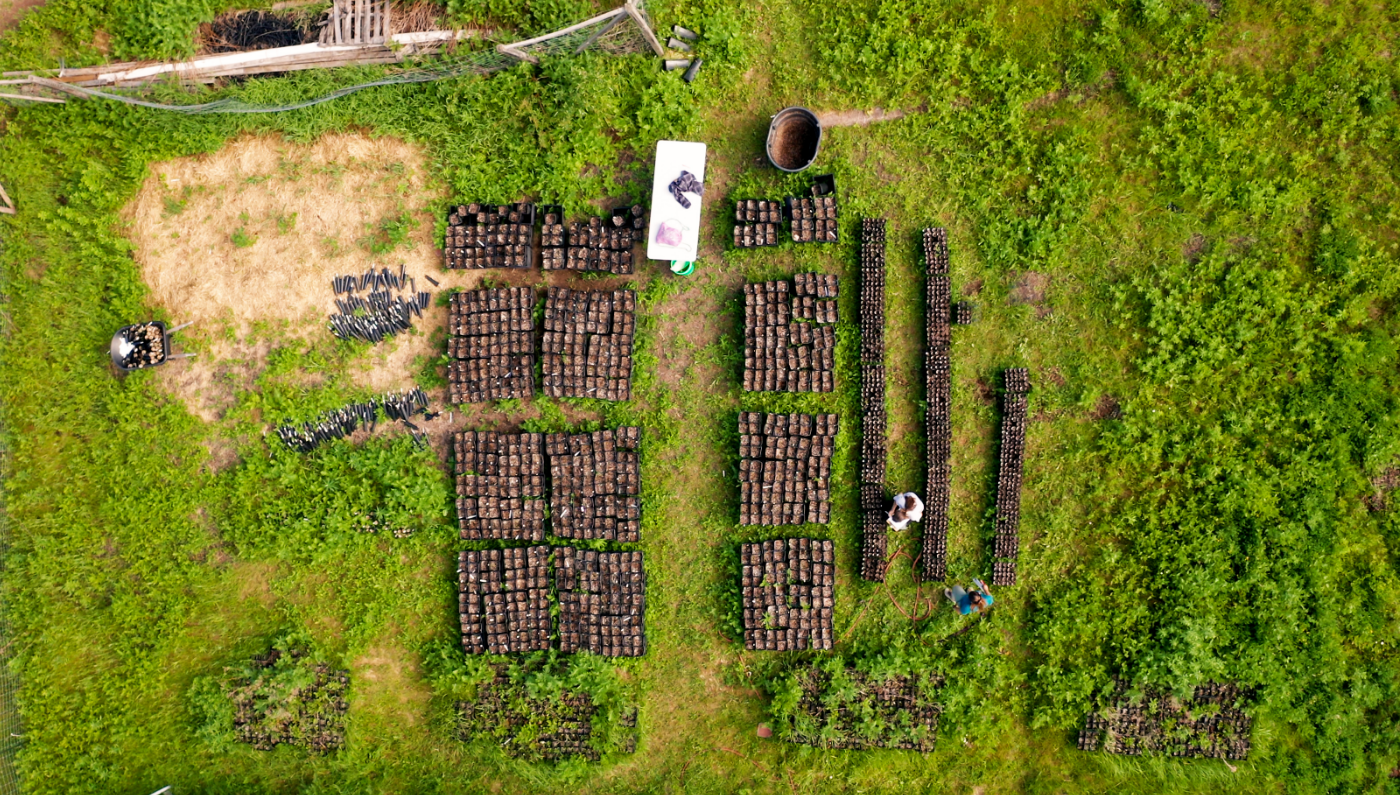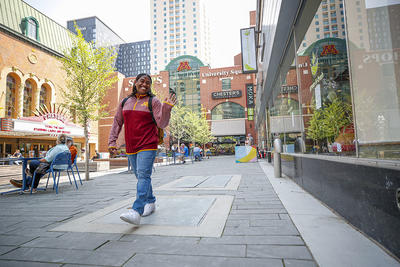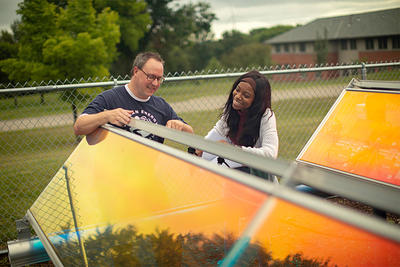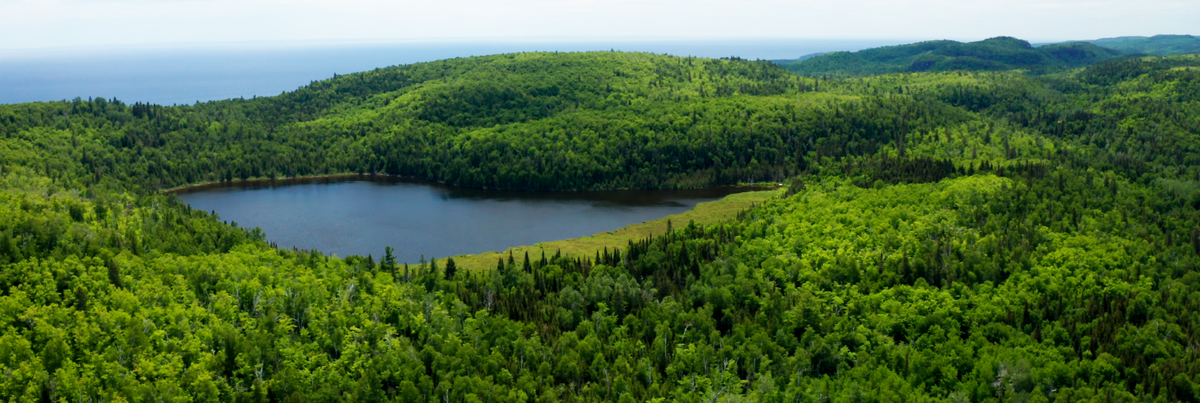
One of the most dire predictions is that within just 50 years, huge sections of Minnesota’s northern forests won't be forests at all, but oak savannas, dominated not by trees but grasslands. And everything that depends upon those trees, from animals to industry, is at risk.
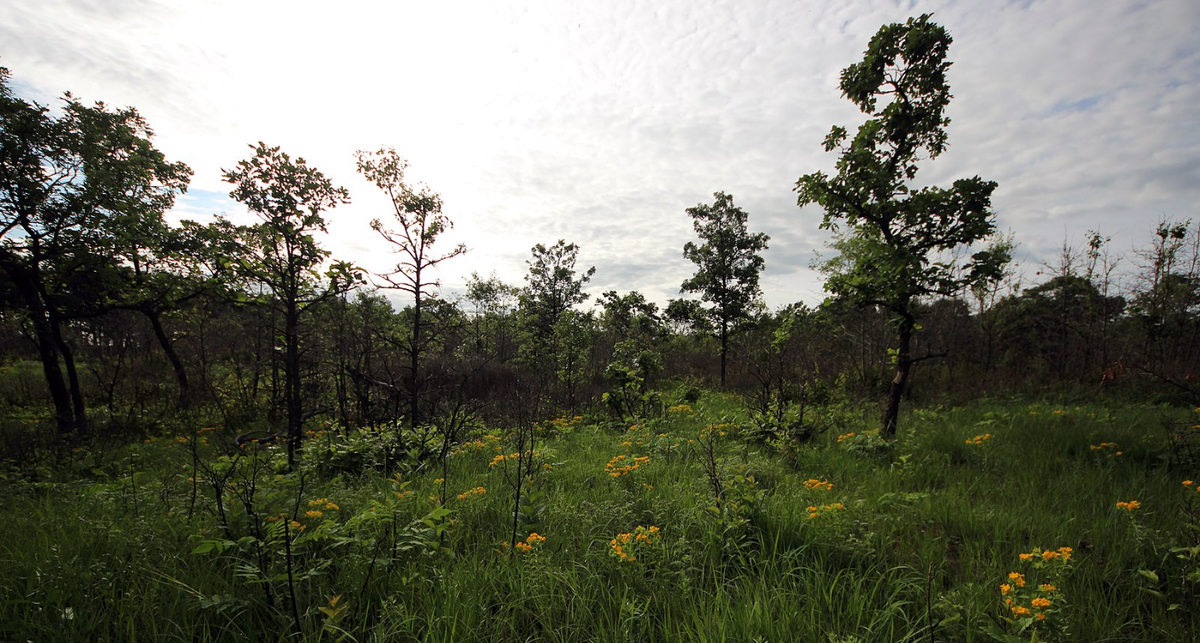
Etterson has spent much of her life studying plants and trees. She was born in Little Fork, near International Falls, MN, later moving with her parents to Alexandria during elementary school. “I am native Minnesotan through and through, and [these trees] are definitely near and dear to me,” she says.
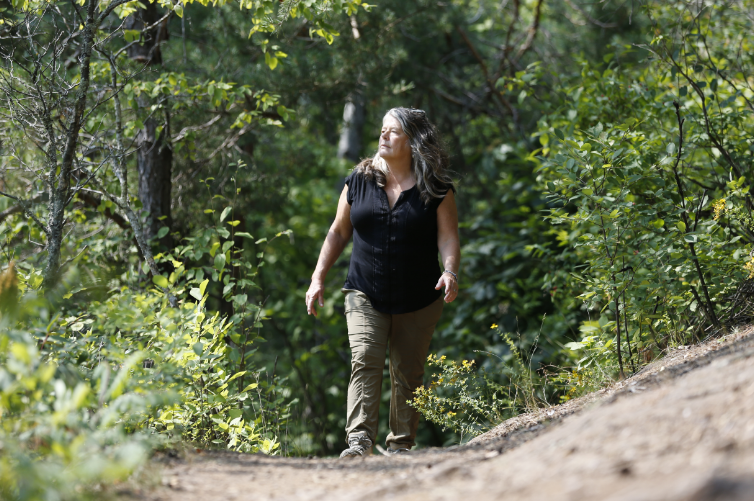
Repopulating Northern Minnesota’s forests with climate-smart seedlings
More than two decades ago, Etterson wondered in her PhD research whether natural populations were going to be able to evolve and adapt quickly enough to keep pace with climate change.
“And basically the answer was no,” says Etterson. “They cannot adapt quickly enough.”
Trees at risk in Minnesota's north woods
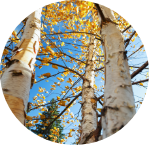
Paper birch

Aspen
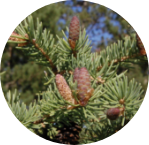
White spruce
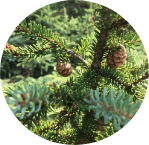
Black spruce
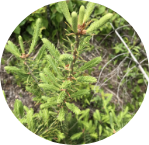
Balsam fir
Since then, other studies, including her own, have reinforced that conclusion.
In one such study funded by the Minnesota Environment and Natural Resources Trust Fund, Etterson’s group, including graduate students, planted and tracked more than 110,000 trees at 26 sites in northeast Minnesota using seeds from trees more commonly found in southern Minnesota but still within their native range (like white pine, red oak, and bur oak). It’s a process known as assisted migration, a transition strategy that involves transplanting source material—in this case tree seeds and seedlings—to match or anticipate future climate change.
Essentially, southern Minnesota trees grow better in northern Minnesota’s climate than their northern counterparts because warming has occurred too quickly for the northern trees to adapt.
“And so we decided, ‘Well, maybe we should be doing something to facilitate change in natural communities in order to help them keep pace with climate change,’” says Etterson.
But how do you “move” a forest?
Creating an economic engine for assisted migration
About four years ago, David Abazs, executive director of U of M Extension’s Northeast Regional Sustainable Development Partnership, attended a lecture by Etterson and Meredith Cornett, her then research partner at the Nature Conservancy, which has been key in supporting Etterson’s work.
“I identified several bottlenecks with how we are going to be successful in assisting forest migration,” says Abazs. “One was just the extent and the need for a massive seed collecting operation. And the second was, ‘Who is going to grow these trees?’”
So Abasz put out a call to farmers in the region to gauge interest in growing what they’re calling climate-forward tree seedlings. Fourteen farmers responded, a number which has since grown to more than 20 and incorporated as the Farm and Forest Growers Cooperative.
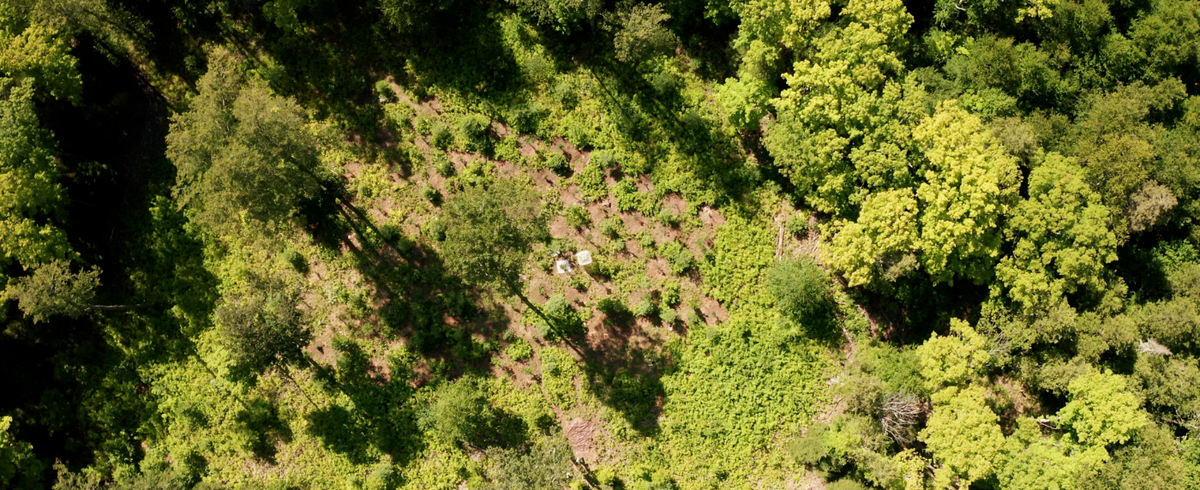
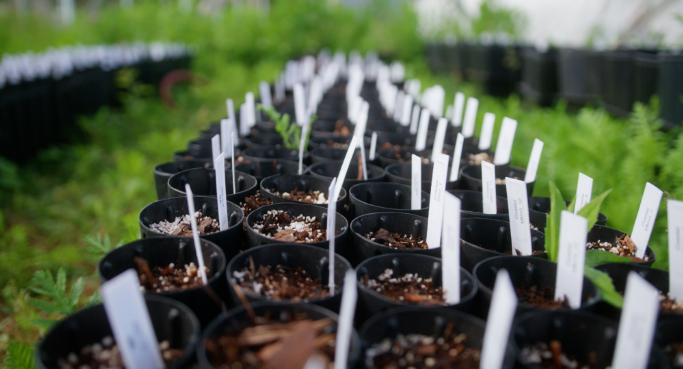
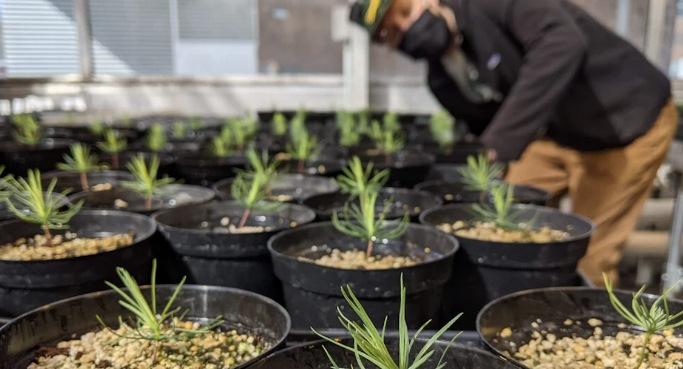
“Our goal is to get up to 100 growers, each growing an average of 10,000 tree seedlings, giving us about a million climate-forward trees a year,” says Abazs.
The cooperative is just one part of what has become known as the Forest Assisted Migration Project, an effort to build a regional economic market for climate-smart tree seedlings grown by local farms and nurseries based on Etterson’s work.
“This is a grassroots movement for people in the state of Minnesota to get involved in solving climate change by either buying and growing or collecting seeds for the purpose of forest restoration and carbon sequestration,” says Etterson.
Abasz says the interest has been significant.
“I think what forest assisted migration provides is an effort that is looking forward, long-term, to help be part of the solution. Because when you're talking about trees, you're talking about decades and centuries. And this is a group working to figure out how to preserve our forests. That excites so many people.”
Etterson is looking forward, too.
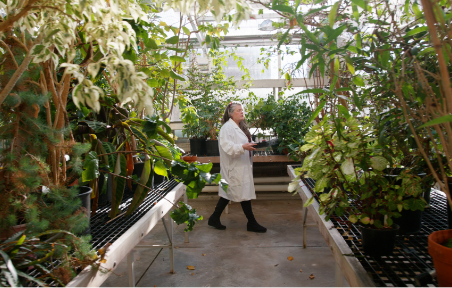
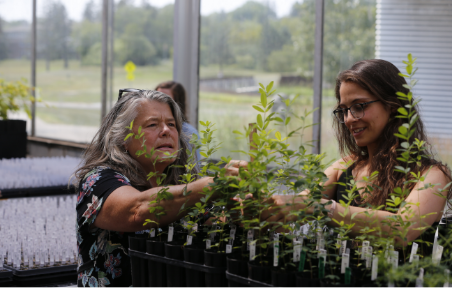
“I have achieved the things I want in my career in terms of my scientific credibility,” she says. “What I want to do now are the things that have a really big impact on our environment, on our communities, for the health and well-being of Minnesota people and our environment.”
And so for her, what remains of Minnesota’s northwoods in the coming century is up to Minnesotans.
Despair and doing nothing are not an option. Extinction is not an option. And so she and a growing coalition have chosen a different path, one still within the shade of the forests she knows and loves.
Want to get involved?
Those interested in collecting tree seeds (or growing climate-smart trees) can find resources including training, tree identification, and seed collection fact sheets and other resources at the Forest Assisted Migration Project website.
Share this story
